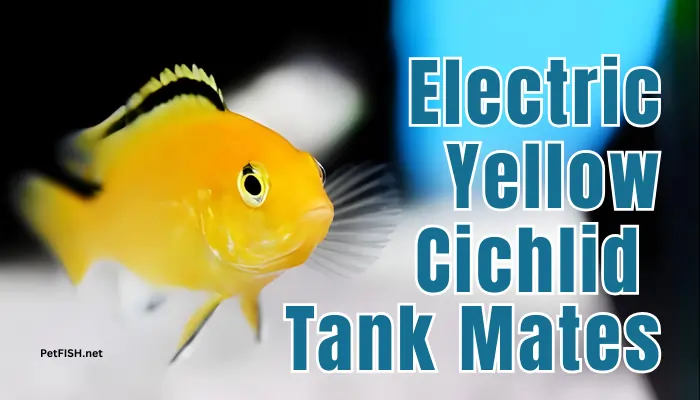The Electric Yellow Cichlid, also known as Labidochromis caeruleus, is a popular freshwater fish originating from Lake Malawi in Africa.
These vibrant fish are known for their bright yellow coloration and energetic personality, making them a favorite among aquarists.
When setting up a tank for Electric Yellow Cichlids, selecting compatible tank mates is essential for creating a harmonious aquarium environment.
Properly chosen tank mates can enhance the visual appeal of the aquarium while ensuring the well-being of all inhabitants, as these fish can exhibit territorial behavior if not paired with suitable companions.
Understanding the social behavior of Electric Yellow Cichlids is crucial for successful cohabitation. They thrive in groups but can be aggressive, especially towards similar-looking species.
Therefore, choosing tank mates that are peaceful and occupy different niches in the tank is vital. This article will explore various suitable tank mates for Electric Yellow Cichlids, discussing their compatibility and care requirements.
By following these guidelines, you can create a vibrant and dynamic aquarium that showcases the beauty of Electric Yellow Cichlids alongside their chosen companions.
In this article:
- Compatible Tank Mates
- Understanding Electric Yellow Cichlids
- Ideal Tank Setup for Electric Yellow Cichlids
- Fish to Avoid
- Community Tank Setup
- Feeding and Care
- Monitoring Water Conditions
Compatible Tank Mates
When selecting tank mates for Electric Yellow Cichlids, consider species that are similarly sized and have peaceful temperaments.
Some excellent options include other African cichlids like the Demasoni Cichlid, Yellow Lab Cichlid, and certain types of Tetras. Other suitable companions might include peaceful bottom-dwellers like Corydoras Catfish or Plecos.
These fish can coexist harmoniously, as they occupy different tank levels and have varying dietary needs, reducing competition and aggression.
1. Other Mbuna Cichlids
Similar size and attitude—just avoid overly aggressive species. Good choices:
- Rusty Cichlid (Iodotropheus sprengerae)

- Acei Cichlid (Pseudotropheus acei)
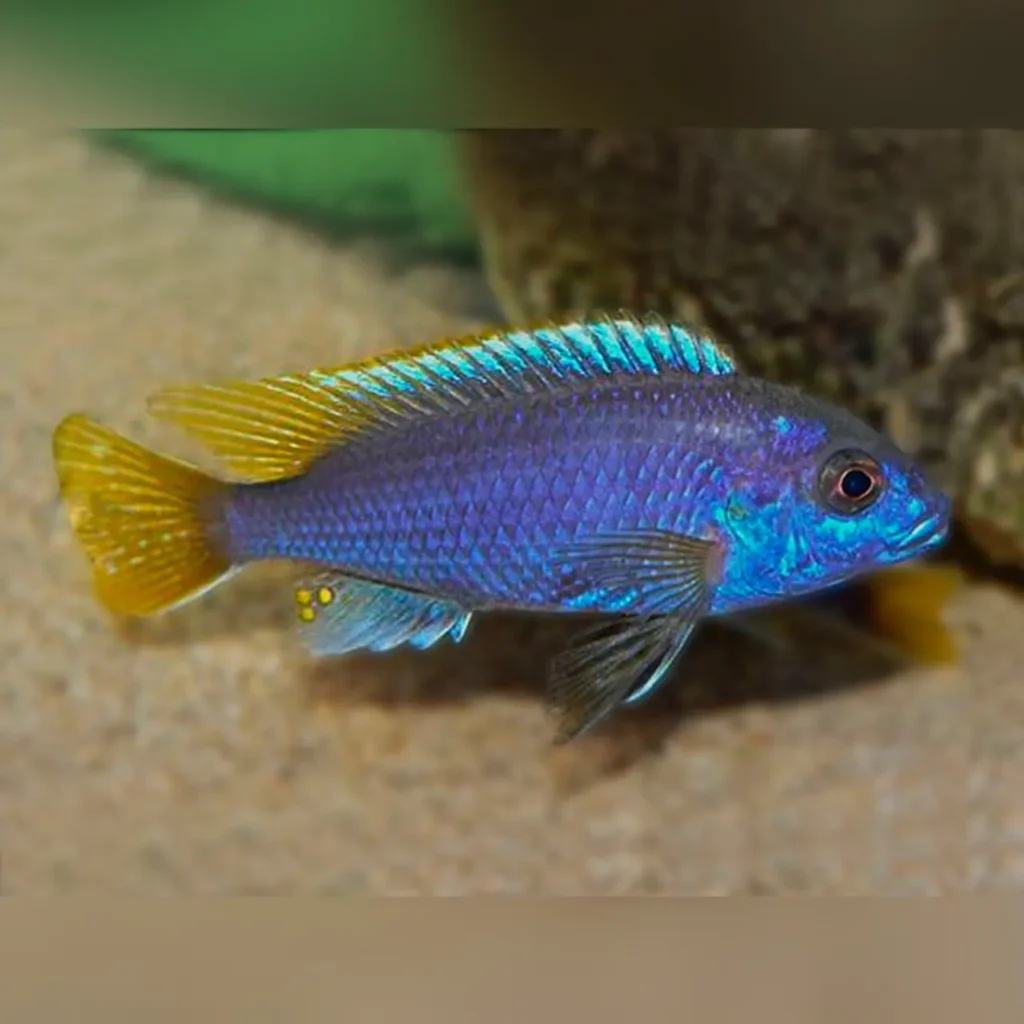
- Red Zebra Cichlid (Maylandia estherae)
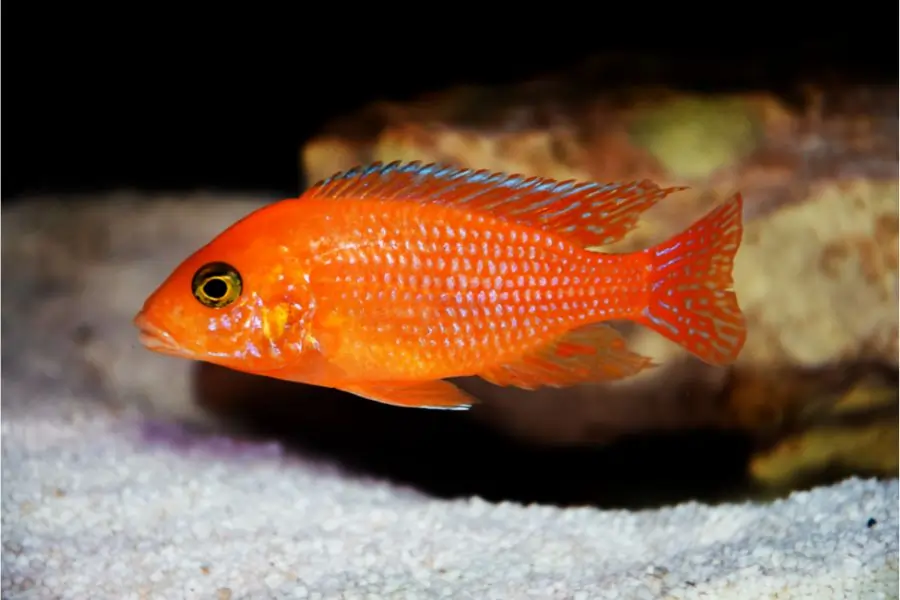
2. Peacock Cichlids (Aulonocara sp.)
Less aggressive, but can work in larger tanks with lots of hiding spots.
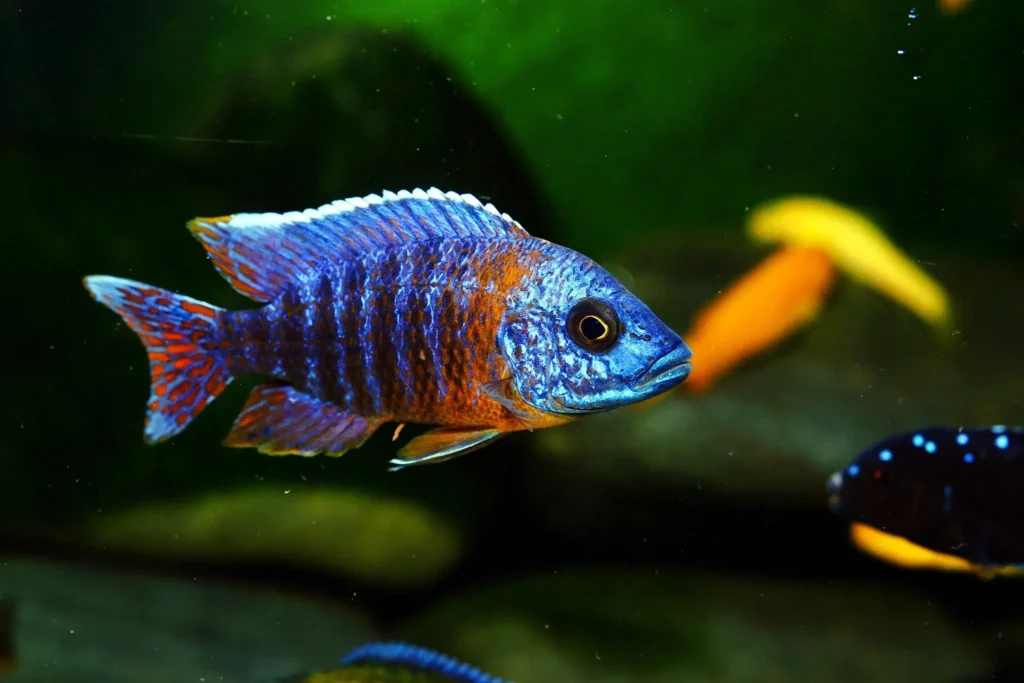
3. Synodontis Catfish
Bottom dwellers that mind their own business and love rocky setups too. Try:
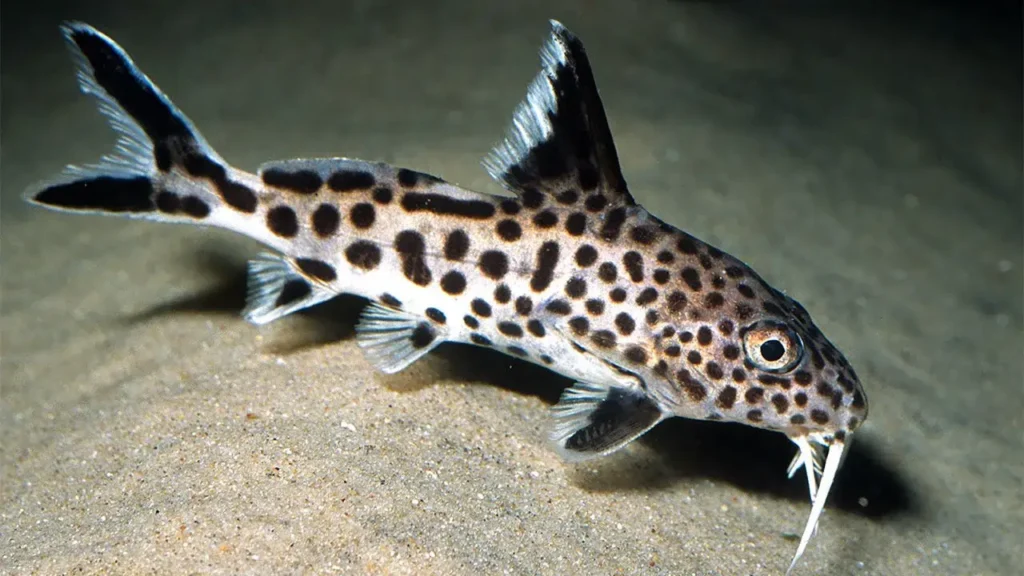
4. Plecos (Bristlenose Pleco)
Good algae eaters that won’t bother your cichlids—just don’t choose a common pleco, as they grow huge.
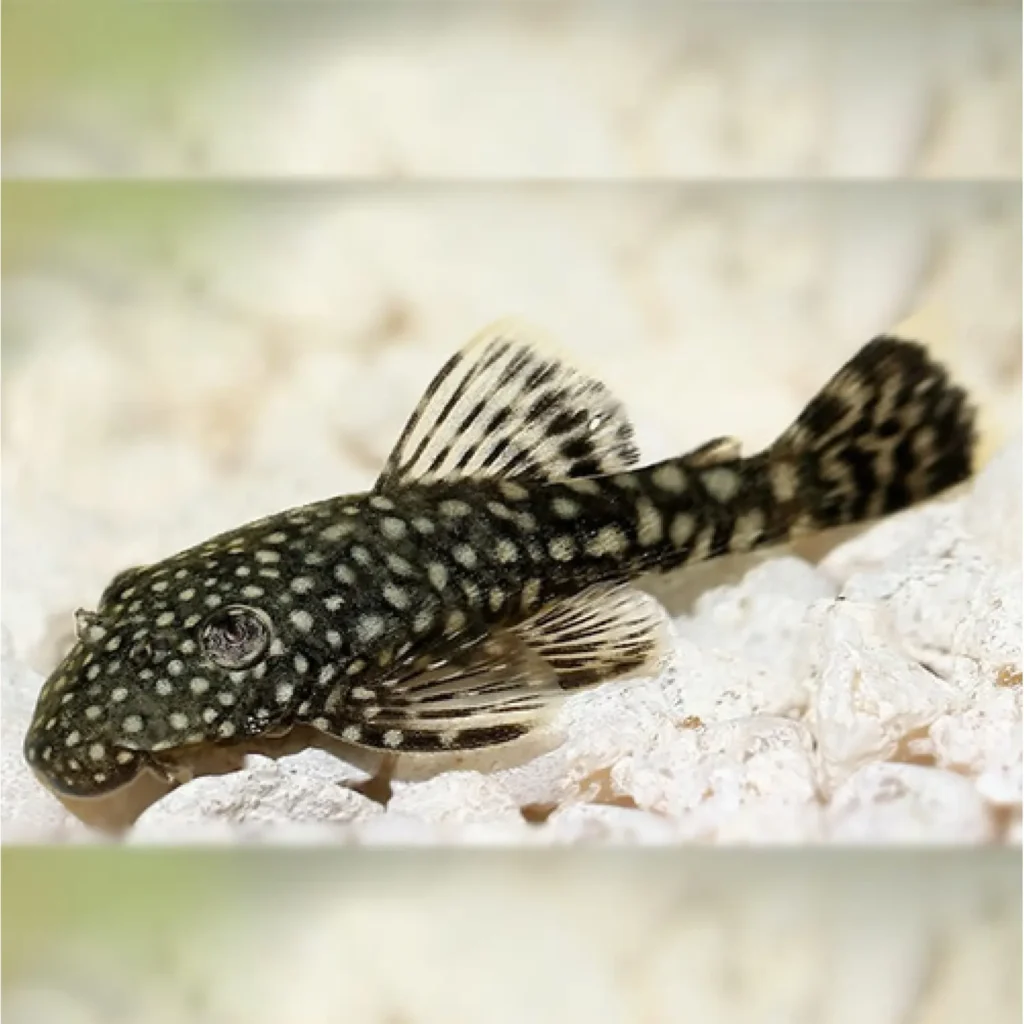
5. Rainbowfish (only in large tanks)
Active top swimmers like Boesemani Rainbowfish can work in larger aquariums to balance aggression zones.
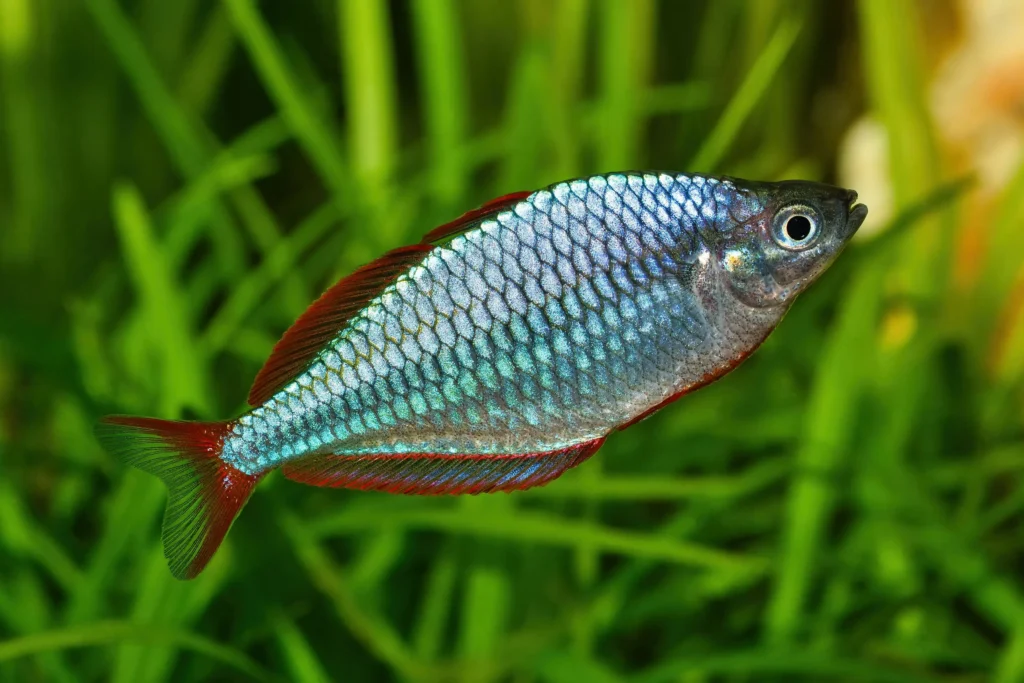
Understanding Electric Yellow Cichlids Fish
Electric Yellow Cichlids are known for their vibrant color and active behavior. They typically reach a size of about 4 to 5 inches and prefer to inhabit rocky environments in their natural habitat.
These fish are relatively easy to care for, making them suitable for both beginners and experienced aquarists. They exhibit a social nature but can become territorial, especially during breeding.
Understanding their behavior and preferences is essential for selecting appropriate tank mates that will coexist peacefully in a shared environment.
Ideal Tank Setup for Electric Yellow Cichlids Fish
A well-planned tank setup is crucial for the health and happiness of Electric Yellow Cichlids. A minimum tank size of 30 gallons is recommended to provide ample swimming space and territory.
Incorporating plenty of hiding spots using rocks, caves, and plants can help reduce aggression and give the fish a sense of security. Additionally, maintaining stable water parameters with a pH of 7.8 to 8.6 and a temperature range of 75°F to 82°F is essential for their well-being.
Fish to Avoid
While many species can thrive alongside Electric Yellow Cichlids, some fish should be avoided to prevent aggression and stress. Fast-swimming fish that resemble them, such as other yellow cichlids, can provoke territorial disputes.
Additionally, larger, more aggressive species like Oscars or certain types of Barbs may pose a threat. It’s essential to research the temperament and compatibility of potential tank mates before introducing them to ensure a peaceful environment.
Community Tank Setup
Creating a community tank with Electric Yellow Cichlids requires careful planning and consideration of fish compatibility. Aim for a balanced mix of species that occupy different areas of the tank. Ensure that there are enough hiding spots and territories to reduce aggression.
Maintaining a proper male-to-female ratio can also help minimize territorial behavior. By selecting compatible species and providing a suitable environment, you can create a vibrant and dynamic community tank.
Feeding and Care
Electric Yellow Cichlids are omnivorous and thrive on a varied diet. A mix of high-quality pellets, flakes, and occasional live or frozen foods like brine shrimp or bloodworms will keep them healthy.
Regular feeding, along with maintaining water quality through regular changes, is vital for their well-being. Observing their behavior during feeding times can also help you monitor their health and ensure all tank mates are receiving adequate nutrition.
Monitoring Water Conditions
Regularly monitoring water parameters is essential for the health of Electric Yellow Cichlids and their tank mates. Test for pH, temperature, ammonia, nitrite, and nitrate levels to ensure they remain within suitable ranges.
Consistent water quality helps prevent stress and disease, promoting a harmonious tank environment. Keeping a close eye on your aquarium’s conditions allows you to make timely adjustments and maintain a thriving aquatic community.

